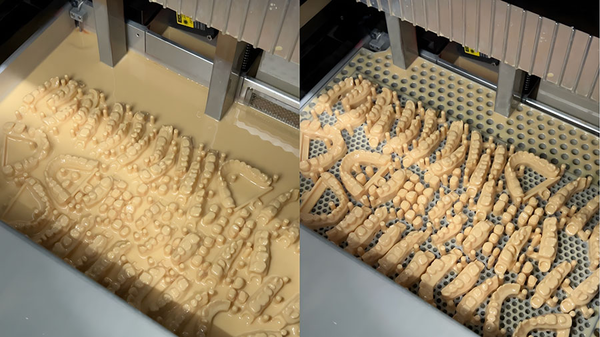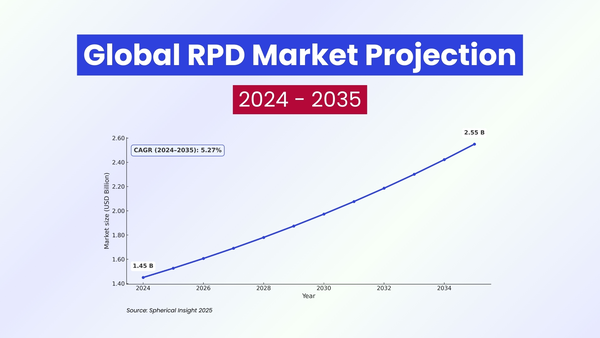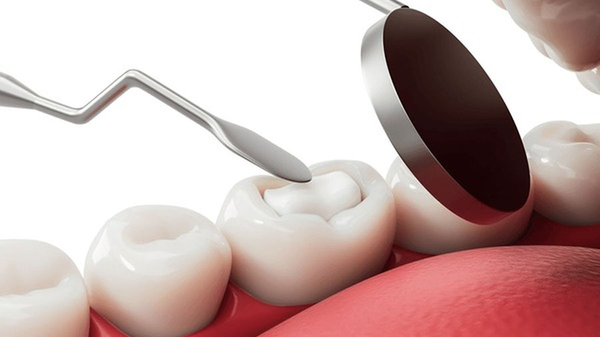Glass-Infiltrated Alumina, widely recognized as In-Ceram Alumina, has been a cornerstone material in dental ceramic frameworks for decades. Known for its high strength, biocompatibility, and aesthetic potential, this material has proven itself as a reliable option for single crowns and anterior bridges.
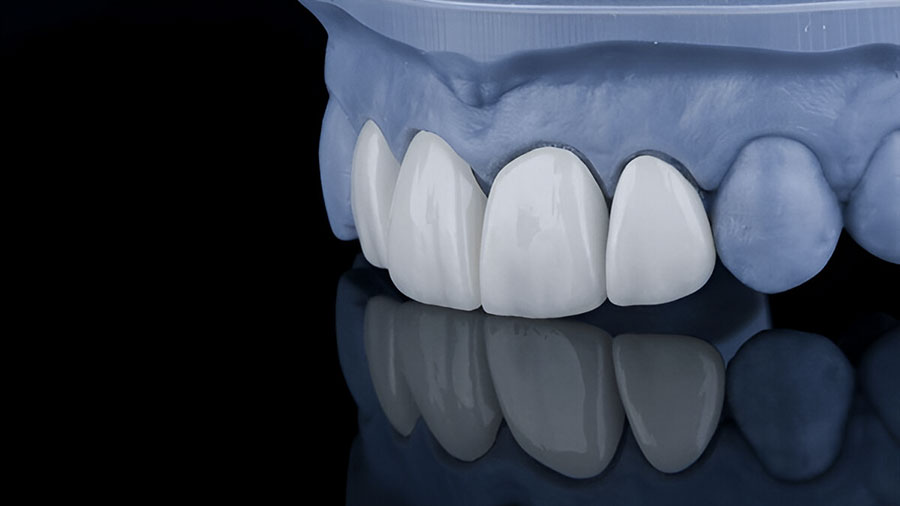
Table of contents [Show]
Glass-Infiltrated Alumina, widely recognized as In-Ceram Alumina, has been a cornerstone material in dental ceramic frameworks for decades. Known for its high strength, biocompatibility, and aesthetic potential, this material has proven itself as a reliable option for single crowns and anterior bridges. In this article, we explore its composition, manufacturing process, mechanical properties, microstructure, clinical applications, advantages, limitations, and recent developments, providing dental professionals with a thorough understanding of this innovative material.

Overview and Composition
In-Ceram Alumina is a high-strength ceramic material designed for dental crown and bridge frameworks. Its composition consists of:
70% Alumina (Al₂O₃): Forms the dense crystalline network.
30% Glass Matrix: Fills interparticle spaces, enhancing strength and aesthetics.
This unique combination is achieved through a specialized manufacturing process that integrates slip-casting technology with glass infiltration, resulting in a material that balances mechanical durability and aesthetic translucency.
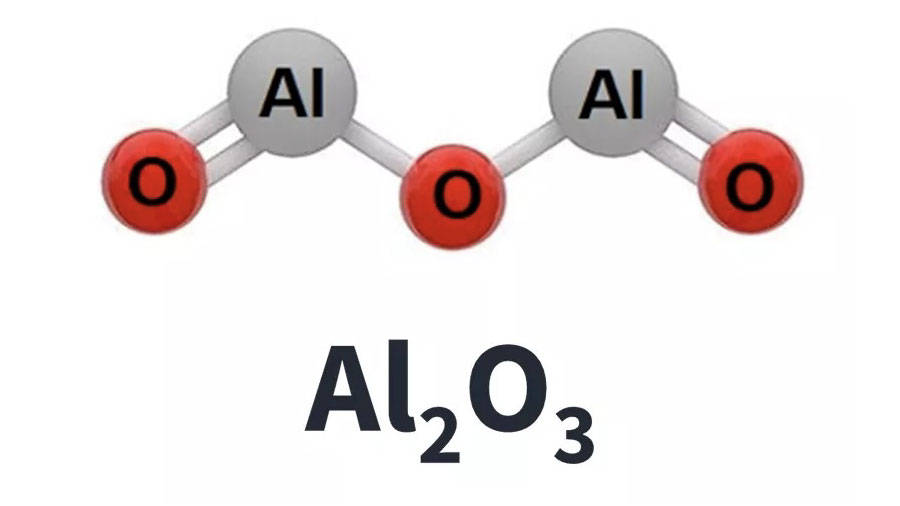
Manufacturing Process
The production of In-Ceram Alumina involves a two-step firing procedure:
Slip-Casting
An aqueous slurry of fine alumina particles is applied to a porous refractory die (a duplicate of the prepared tooth).
The porous die absorbs water from the slurry, causing alumina particles to pack densely on its surface.
Glass Infiltration
After initial sintering at 1120°C for 10 hours, the porous alumina structure is infiltrated with lanthanum-containing glass at 1100°C for 4 hours.
This process fills inter-particle spaces, creating a dense composite with superior mechanical properties.
This precise method ensures minimal porosity and optimal structural integrity, making In-Ceram Alumina a reliable choice for dental restorations.
Mechanical Properties
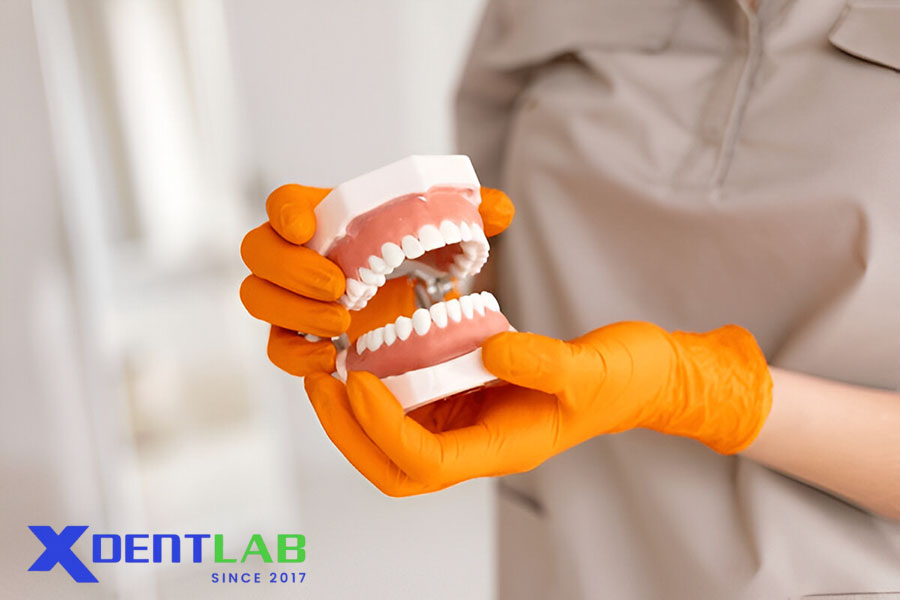
In-Ceram Alumina is renowned for its mechanical performance, which is critical for dental applications:
Flexural Strength: Mean biaxial flexure strength of 600 MPa (SD 60), significantly higher than conventional feldspathic porcelains.
Fracture Toughness: Approximately 3.5-4.5 MPa·m^(1/2), comparable to 100% polycrystalline alumina.
Elastic Modulus: Ensures excellent stress distribution under functional loads.
These properties make it ideal for single-unit crowns and anterior three-unit fixed partial dentures, where strength and aesthetics are paramount.
Microstructure Characteristics
The microstructure of glass-infiltrated alumina is key to its durability and clinical success:
Dense Alumina Grains: Interconnected in a three-dimensional network.
Glass Phase: Fills intergranular spaces, enhancing strength and translucency.
Minimal Porosity: Resulting from complete glass infiltration.
Grain Size: Typically ranges from 1-5 μm, ensuring crack resistance.
This unique microstructural arrangement prevents crack propagation, contributing to the material’s longevity and reliability in dental restorations.
Clinical Performance and Applications
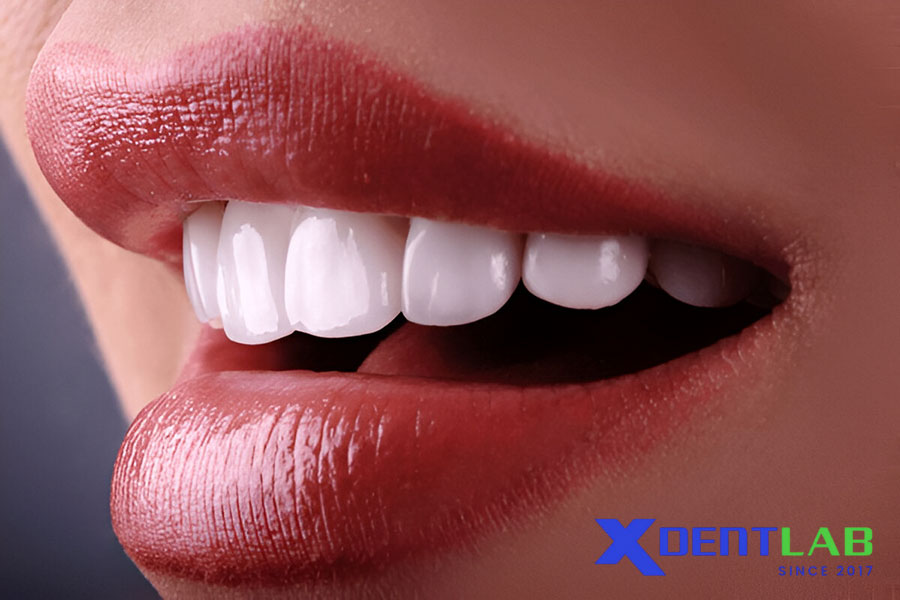
Glass-Infiltrated Alumina has demonstrated excellent clinical performance when proper design and case selection criteria are followed:
Core Thickness
Studies show no failures when core thickness of 0.7 mm or greater is used for single crowns.
Failures are typically linked to inadequate core thickness or improper case selection.
Indications
Single Crowns: Particularly in anterior regions where aesthetics are critical.
Anterior Bridges: Suitable for three-unit fixed partial dentures.
Its combination of strength and translucency makes it a preferred choice for cases requiring natural-looking restorations without compromising durability.
Advantages
Glass-Infiltrated Alumina offers several benefits for dental professionals and patients alike:
High Strength: Superior mechanical properties compared to conventional dental ceramics.
Biocompatibility: Excellent tissue response due to the inert nature of alumina.
Aesthetics: Good translucency despite high alumina content, allowing for natural-looking restorations.
Chemical Stability: Resistant to degradation in the oral environment, ensuring long-term performance.
These advantages make In-Ceram Alumina a reliable, metal-free solution for dental restorations.
Limitations
Despite its strengths, In-Ceram Alumina has some limitations:
Brittleness: Like all ceramics, it is susceptible to catastrophic failure under excessive loads.
Technique Sensitivity: Requires precise laboratory procedures and skilled technicians for optimal results.
Limited Applications: Not suitable for posterior multi-unit bridges due to stress limitations.
Understanding these limitations is crucial for achieving predictable clinical outcomes.
Recent Developments
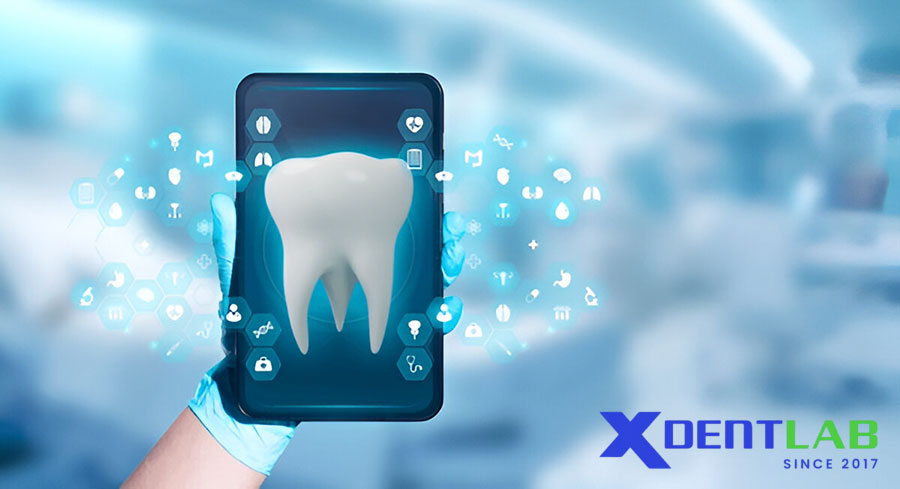
Ongoing research aims to enhance the performance and versatility of glass-infiltrated alumina systems:
Modified Glass Compositions: For improved mechanical and optical properties.
Alternative Processing Methods: Techniques like tape casting are being explored to simplify fabrication.
Comparative Studies: Evaluating In-Ceram Alumina against newer ceramic systems like zirconia-based materials.
These advancements ensure that glass-infiltrated alumina remains a valuable material in the evolving field of dental ceramics.
Conclusion
Glass-Infiltrated Alumina (In-Ceram Alumina) continues to be a trusted material for dental restorations, offering a balance of strength, aesthetics, and biocompatibility. While newer materials like zirconia have gained popularity, In-Ceram Alumina remains relevant for specific applications where its proven performance and traditional processing methods are preferred.
At XDENT LAB, we specialize in crafting high-quality alumina-based restorations tailored to the needs of dental practices worldwide. Our FDA-approved and ISO-certified facilities ensure consistent quality and compliance, making us the trusted choice for dental labs seeking reliable outsourcing solutions.
Why Choose XDENT LAB for Glass-Infiltrated Alumina Restorations?
Global Expertise: Serving dental practices across the U.S. and beyond.
Lab-to-Lab Solutions: Seamless outsourcing for predictable results.
Advanced Technology: Precision manufacturing techniques for optimal restorations.
Compliance Assurance: FDA and ISO certifications guarantee quality and consistency.
Elevate your practice with XDENT LAB’s premium dental solutions. Contact us today to learn more!
XDENT LAB is an expert in Lab-to-Lab Full Service from Vietnam, with the signature services of Removable & Implant, meeting U.S. market standards – approved by FDA & ISO. Founded in 2017, XDENT LAB has grown from local root to global reach, scaling with 2 factories and over 100 employees.. Our state-of-the-art technology, certified technicians, and commitment to compliance make us the trusted choice for dental practices looking to ensure quality and consistency in their products.
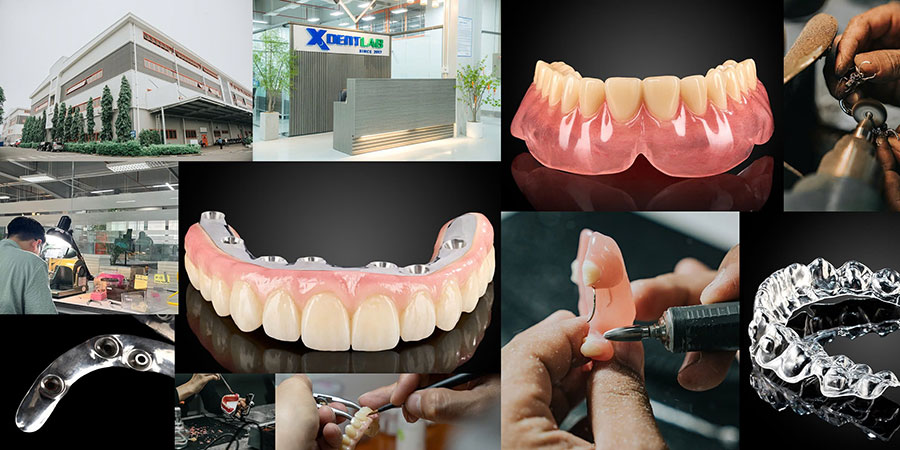
Our commitments are:
100% FDA-Approved Materials.
Large-Scale Manufacturing, high volume, remake rate < 1%.
2~3 days in lab (*digital file).
Your cost savings 30%.
Uninterrupted Manufacturing 365 days a year.
Contact us today to establish a strategy to reduce operating costs.
--------❃--------
Vietnam Dental Laboratory - XDENT LAB
🏢 Factory 1: 95/6 Tran Van Kieu Street, Binh Phu Ward, Ho Chi Minh City, Vietnam
🏢 Factory 2: Kizuna 3 Industrial Park, Can Giuoc Commune, Tay Ninh Province, Vietnam
☎ Hotline: 0919 796 718 📰 Get detailed pricing
Share this post:

